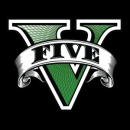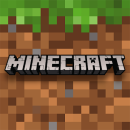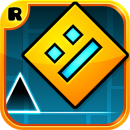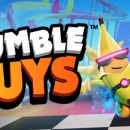Master Minecraft: From Your First Punch to Endgame Glory
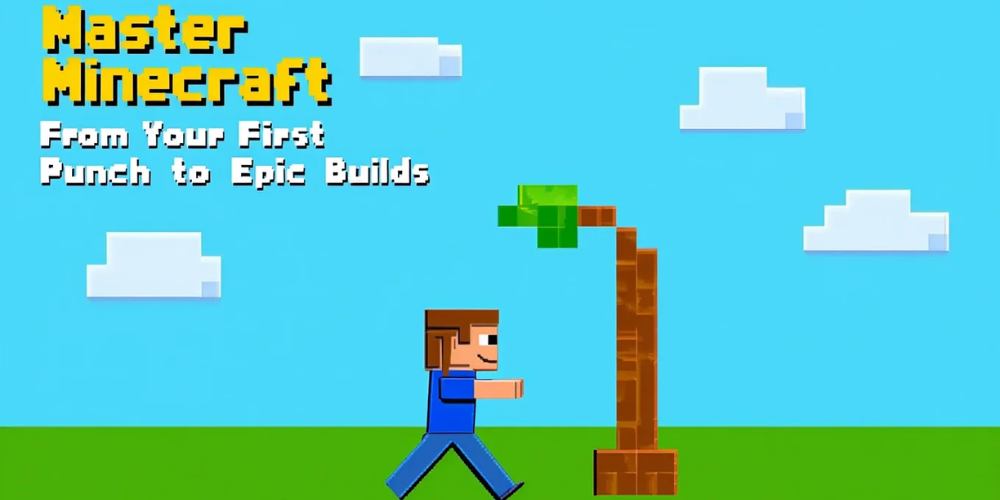
Imagine waking up on a green hill, an endless blocky world stretching in every direction and exactly zero instructions. That “what now?” moment is why Minecraft feels magical—and why so many new players quit before the fun begins. This guide gives you a clear roadmap from your first tree punch to end-game triumph, mixing pro shortcuts with creative inspiration so every minute feels like progress.
Whether you want to survive your first night, build castles that impress your friends, or automate farms like a redstone wizard, you’re in the right place. Grab a pickaxe (soon) and let’s turn that empty world into something amazing.
Main Guide

1. Starting Your World the Smart Way
When you click “Create New World,” pick Survival, keep the default seed, and select “Bonus Chest” if you like a little head start. Turn on Coordinates; they act like GPS for later adventures. The first 30 seconds after spawn decide your pace, so collect at least 5–6 logs, locate a sheep group for wool, and eye any surface stone. If you spawn near a village, claim an empty bed—it’s both a free respawn point and a loot source.
2. Day 1 Survival Checklist
- Craft a wooden pickaxe, upgrade to stone tools within two minutes.
- Make a crafting table and 8–12 torches (charcoal + stick).
- Shear or slay three sheep for a bed; skip the night to avoid mobs.
- Cook 6–8 food items (fish, beef, or bread) before exploring caves.
- Dig a 3 × 3 starter hole or squat in a village house for shelter.
Follow this list and the “first-night panic” becomes a non-issue, giving you a calm platform for long-term plans.
3. Mining & Crafting Core Loop
The game’s name is literally your loop: mine resources, craft upgrades, repeat. Strip-mining at Y = −53 yields diamonds in Java Edition, while Y = −59 is better in Bedrock. Branch out every two blocks to maximize reveal. Always carry:
- One water bucket (lava safety + quick elevator).
- Extra sticks and coal for on-the-fly torches.
- Iron pickaxe for diamonds; diamond or netherite for ancient debris.
Once you own full iron armor and tools, focus on enchanting (next section) instead of hoarding raw ore.
4. Building Your First True Base
A good starter base is a 9 × 9 square with an overhang roof and fenced perimeter. Place the essentials: double chest, furnace array, smoker, blast furnace, enchanting room (15 bookcases), and a mine entrance. Light every block inside and outside with torches or lanterns to stop spawns. Later, swap stone for your favorite block palette—spruce + cobblestone is a timeless combo that looks polished with little effort.
5. Food & Farming Made Easy
Reliable food equals uninterrupted exploring. Start a 9 × 9 wheat farm irrigated by one central water block. Re-plant seeds every harvest and breed cows or pigs with the surplus. For zero-touch nutrition, build a simple bamboo-powered auto-cooker: bamboo fuels a furnace that smelts kelp or chicken from a hopper farm. Infinite food, zero chores.
6. Enchanting & Gear Progression
Enchanting turns “okay” gear into OP gear. Craft an enchanting table (4 obsidian, 2 diamonds, 1 book) and ring it with 15 bookcases. Prioritize:
- Fortune III pickaxe for triple ore drops.
- Mending on every tool (buy from librarian villagers).
- Protection IV or Feather Falling IV on armor and boots.
Level farming tips: trade sticks with fletcher villagers, breed animals, or build an XP furnace loop. Use anvils to combine books and tools for the perfect kit.
7. Exploring, Combat & Boss Goals
With enchanted diamond gear, you’re ready to roam. Map out these milestones:
- Nether Fortress – Gather blaze rods and nether wart.
- Bastion Remnant – Barter gold for ender pearls or craft from piglin trades.
- Stronghold – Use Eyes of Ender to triangulate the portal.
- Ender Dragon – Bed or bow-and-arrow strat; take slow falling potions.
Post-dragon, raid end cities for Elytra wings and shulker boxes. Mobility plus inventory expansion equals next-level freedom.
8. Redstone Basics in 5 Minutes
Redstone is Minecraft’s electricity. Learn these components first:
- Redstone Dust – wire.
- Redstone Torch – always-on power source.
- Repeater – signal extender and delay maker.
- Piston & Sticky Piston – movement.
A simple automatic door needs a pressure plate input, redstone dust path, and two pistons pushing blocks sideways. Master that and you can tackle farms, secret bunkers, and item sorters later.
9. Multiplayer Etiquette & Community Fun
Joining a server turns solo grind into social adventure, but a few unwritten rules keep friendships intact:
- Always ask before using someone’s farm or chest.
- Light up or spawn-proof public areas to reduce mob headaches.
- Label community chests and refill what you take.
- Pranks are fine; griefing structures is not.
Voice chat mods like Simple Voice Chat make collaboration smooth, and world dynmap plugs everyone into a live map for group planning.
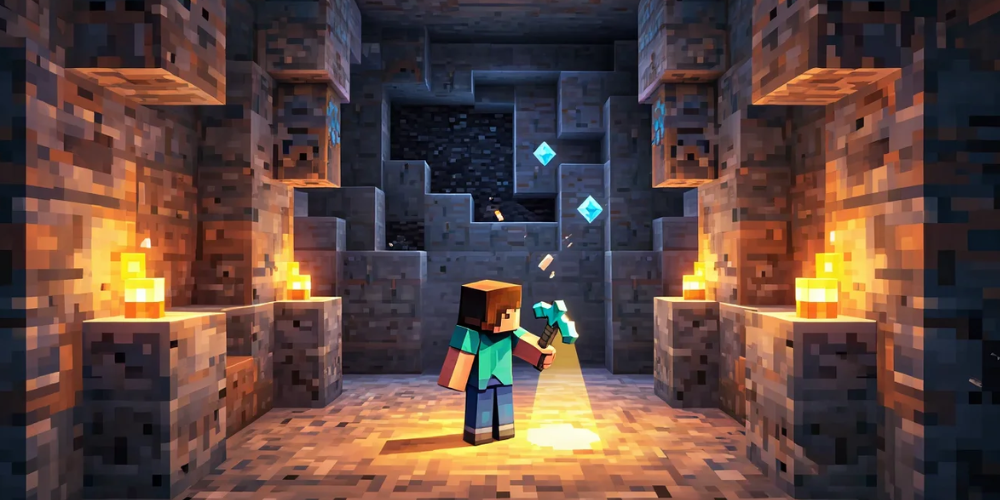
10. Quick Tour of Mods & Texture Packs
On Java Edition, install the Fabric or Forge loader, drop .jar files into the “mods” folder, and you’re done. Start with:
- OptiFine or Iris + Sodium for better FPS and shaders.
- JourneyMap to replace clunky manual maps.
- Just Enough Items (JEI) for recipe lookup.
- Immersive textures like Faithful 32× or Bare Bones for cartoon flair.
Keep backups; modded worlds can break after version updates.
Conclusion
Minecraft looks limitless because it is, yet the learning curve shrinks once you follow a plan: gather fast, gear up, automate, explore, conquer bosses, then decorate or mod until the world feels like yours. Bookmark coordinate Y = −53 for diamonds, place torches on the right side going in so the left side leads you home, and never carry more loot than you’re ready to lose. Stick with these habits and you’ll move from anxious newbie to confident world-shaper in just a few real-life evenings. See you in the End—and beyond.

